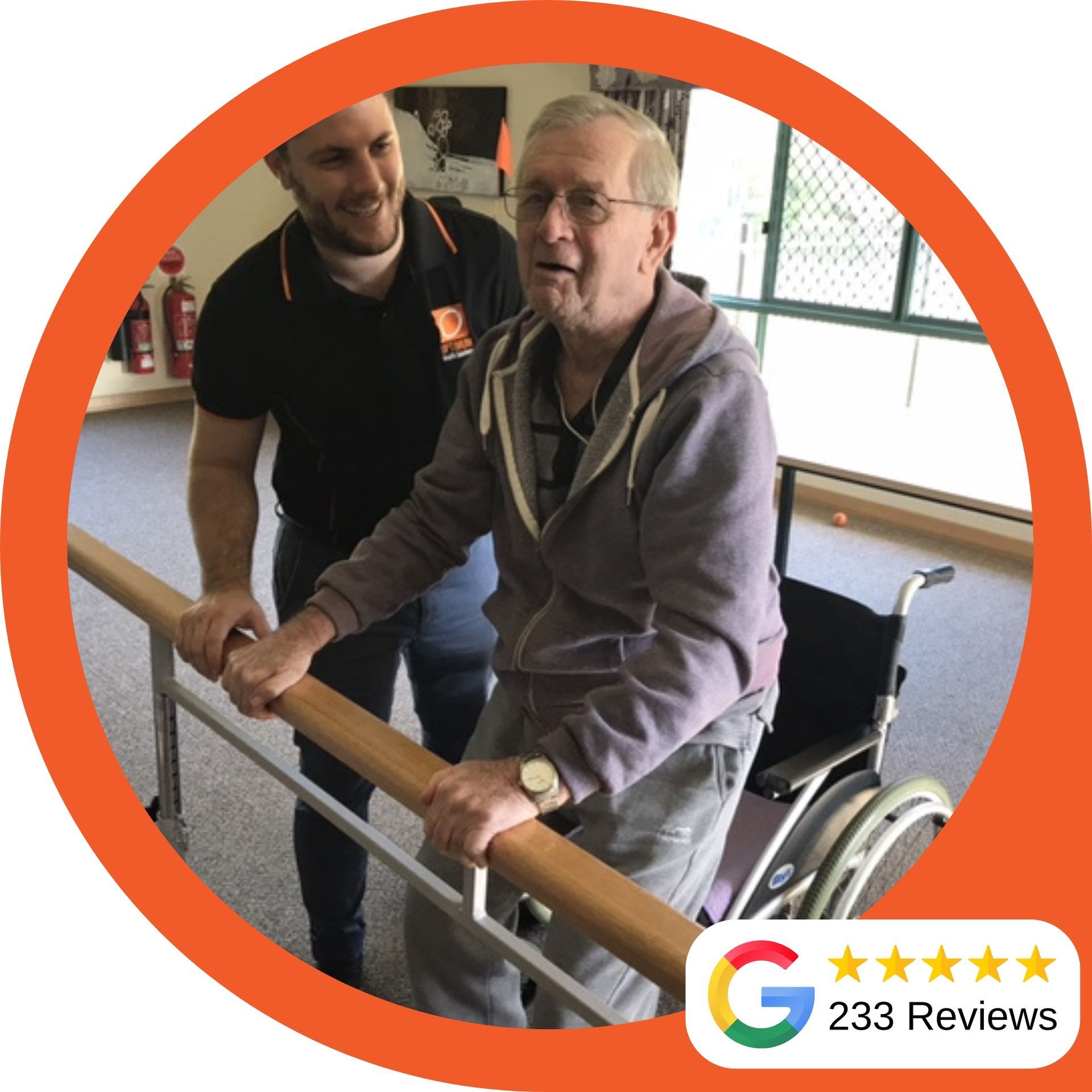What Technology is Used in Occupational Therapy for NDIS Clients? | Optimum Allied Health
I am an NDIS participant, what technology is used in Occupational Therapy and how can it help me?

Technology is increasingly becoming an integral part of healthcare, and occupational therapy is no exception. With the introduction of initiatives such as the National Disability Insurance Scheme (NDIS) in Australia, many clients now have access to more innovative treatments that utilize technology.
In this blog post we're going to explore some of the most common pieces of tech being used by occupational therapists working with NDIS clients and how they can play an important role in assisting those with various disabilities to achieve their goals.
So if you're interested learning more about how technology is being employed in occupational therapy for NDIS clients, read on!
Computers and tablets.
Computers and tablets are becoming increasingly popular among NDIS clients for a variety of tasks. As part of an occupational therapy program, these devices can be used to develop cognitive rehabilitation, communication, and social skills. Through activities such as using email or making video calls, NDIS clients can build up their communication skills and confidence interacting with others. Furthermore, with the use of games and apps that sharpen cognitive performance such as memory recollection, NDIS clients can progress significantly in their rehabilitation goals. With computers and tablets contributing to NDIS client's rehabilitation goals, these smart devices are revolutionizing how NDIS clients seek daily therapy through digital outlets.
Augmentative and alternative communication (AAC) devices.
Augmentative and alternative communication (AAC) devices can provide a valuable tool to help people with speech impairments communicate more effectively. These devices come in many forms and most NDIS providers or occupational therapists can discuss the various options and suggest what will work best depending on the individual's circumstances. AAC devices are designed to simulate spoken language, however they can also offer other visual, audio, video and tactile options for communication, making them an invaluable service for people who might otherwise struggle to express themselves verbally. The importance of these devices cannot be understated, but it is essential that the individual receives all relevant therapy and support in order to maximise their potential communication abilities.
Motorised wheelchairs and scooters.
Motorised wheelchairs and scooters are a vital resource for those living with mobility impairments, allowing them the freedom to get around easily and independently. NDIS funded occupational therapists can help provide access to these helpful devices, while also offering support on how to use and maintain them. Many wheelchairs offer adjustable elements such as back height, arm rest height and angle, footrests and other features meaning they can be customised to each individual's needs. Furthermore, there are a wide variety of seating options ensuring ultimate comfort. Motorized wheelchairs and scooters make world of difference to those who need them in terms of both convenience and independence.
Assistive living technologies.
Assistive living technologies can provide invaluable support to people living with a disability. Through NDIS funding, as well as through occupational therapy services, access to automated door openers, environmental control systems and home monitoring systems allows for greater independence in the home for disabled individuals. These technologies can make a big difference in day-to-day life, providing physical and psychological benefits through increased levels of control, safety and comfort. A properly equipped environment can also help promote good health; some systems allow caregivers to observe daily activities remotely, helping promote timely interventions when needed. Ultimately these assistive technologies enable disabled people to live more comfortably and safely in their own homes.
Virtual reality (VR) technology.
Virtual reality (VR) technology is increasingly being used in occupational therapy as a way to both entertain and therapeutically help people with a range of conditions, including Autism Spectrum Disorder, social anxiety disorder, and phobias. The NDIS (National Disability Insurance Scheme) provides funding for virtual reality therapy for those that qualify so that they can access the immersive experiences designed to do more than just provide distraction, but instead help them build skills and confidence. In general, these therapies apply psychology-based approaches that use VR as a medium to target a variety of physical and/or mental health issues. For people with disabilities or impairments that limit their ability to participate in traditional occupational therapy sessions, virtual reality provides an opportunity to get engaged in meaningful activities from the comfort of their own home.
Accessing assistive technology under the NDIS
Accessing assistive technology under NDIS can seem daunting, but with the help of an occupational therapist, you will be on your way to getting the support you need. The first step is to schedule an appointment with ndis ot providers who can assess your needs and create a plan for you.
Request an appointment today and take the first step towards getting the support you need.



